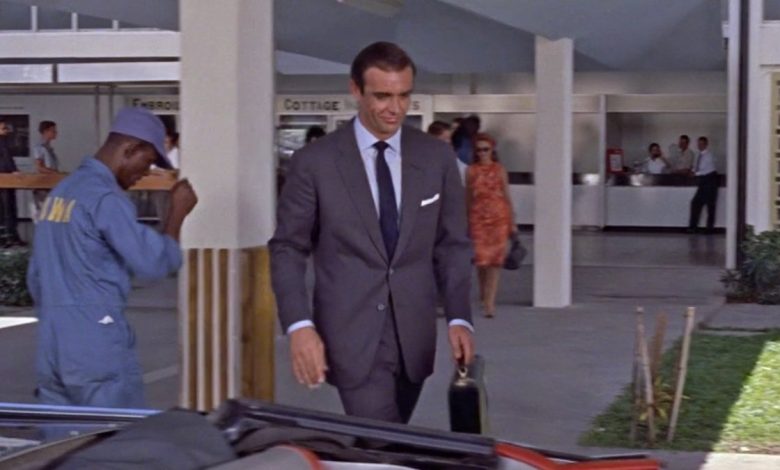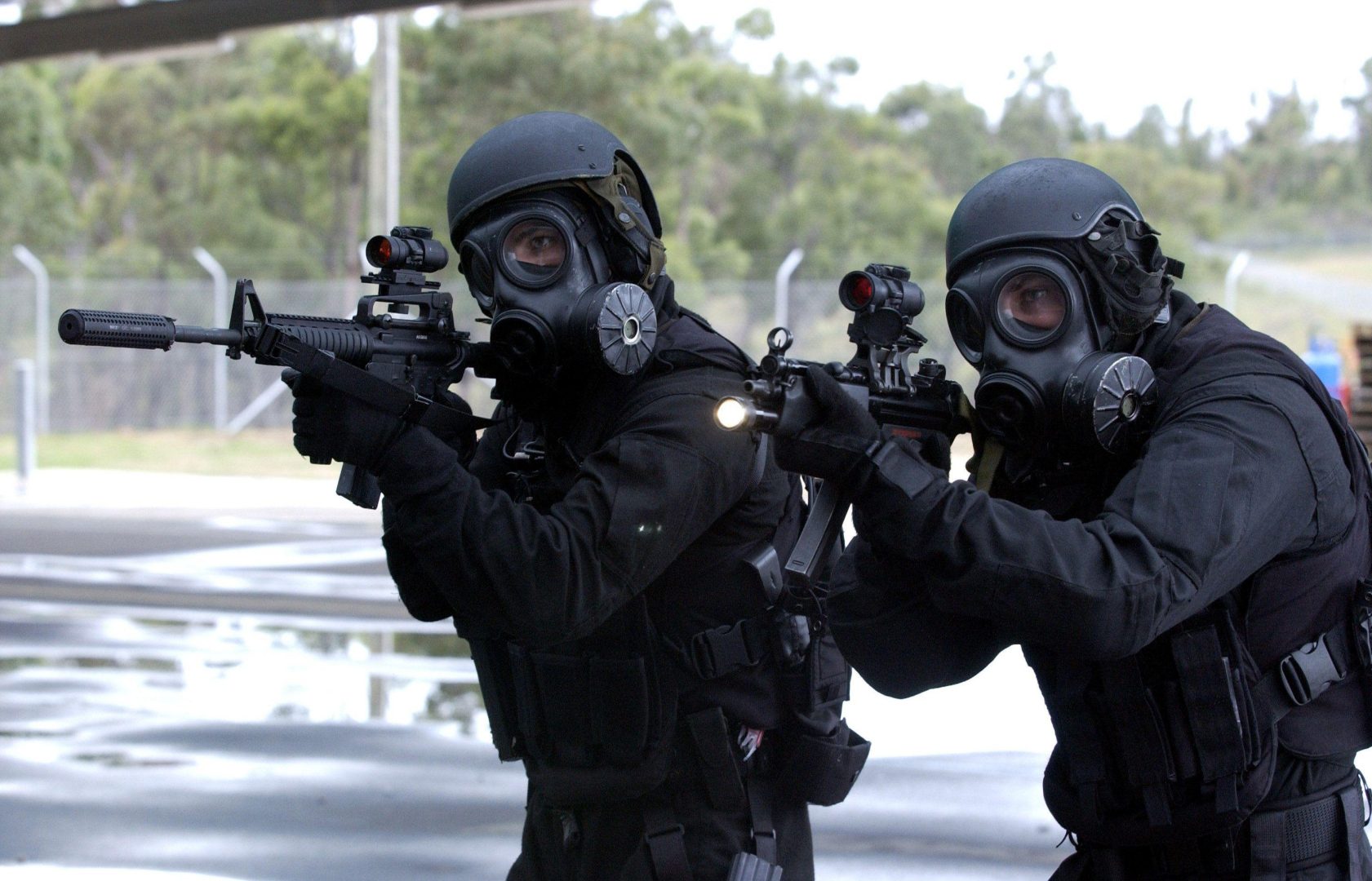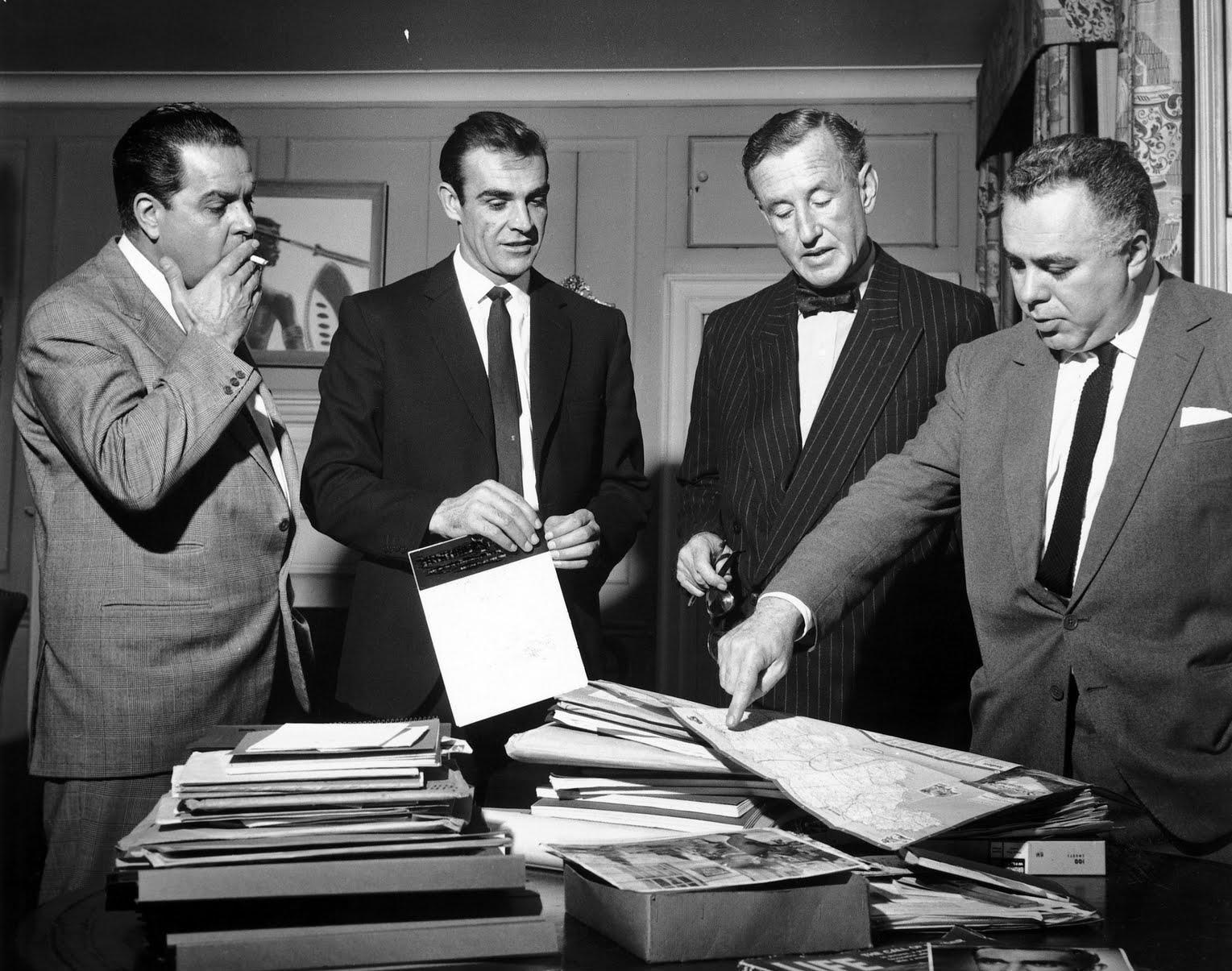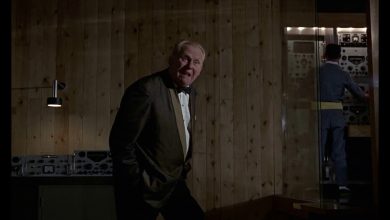Is James Bond Realistic?

James Bond has captivated audiences for decades with his daring exploits and suave demeanor. The question of whether he is realistic, however, has been a topic of debate among moviegoers and spy enthusiasts alike. In the world of James Bond films, we are swept away by thrilling car chases, high-stakes gambling, and international espionage. But how does this compare to the realities of life in the security services?
While Bond’s adventures seem relevant in the post-9/11 world, where the fight against international terrorism is at the forefront, the actual work of intelligence agencies is far less glamorous. In reality, spies spend much of their time behind a desk, handling administrative tasks with accuracy and efficiency. This stark contrast to Bond’s action-packed lifestyle is often overlooked in the movies.

The Secret Intelligence Service (MI6), the real-life counterpart to Bond’s fictional agency, acknowledges that the portrayal of SIS in the films is based on reality, but heightened with glamour and excitement for entertainment purposes. While MI6 officers may face danger and intrigue, they do not carry guns and do not possess a “license to kill.” Their main focus is on recruiting and protecting spies or agents who gather intelligence.
Bond’s actions in the films more closely resemble the work of the Special Air Service (SAS), a real-life military unit involved in special operations. The daring stunts and combat skills exhibited by Bond are far more aligned with the activities of the SAS than the duties of an MI6 officer.
The character of James Bond was created by author Ian Fleming, who drew inspiration from his own experiences in intelligence and the individuals he encountered during his time in the field. Fleming blended traits of real-life spies and commando types to create the iconic character we know today.
In conclusion, while James Bond may captivate our imagination and provide thrilling entertainment, the reality of espionage is far less glamorous and more complex. It is important to remember that the world of Bond is a fictional construct, designed to entertain and intrigue audiences. The true work of spies and intelligence officers may lack the glamour, but it plays a vital role in protecting national security.

Realities of Life in the Security Services
While James Bond’s escapades may seem plausible in the post-9/11 world, the realities of life in the security services are far more mundane and challenging. Bond’s pursuit of international terrorists and his use of high-stakes gambling may capture the imagination, but the actual operations of intelligence agencies differ significantly from the glamour depicted on the silver screen.
Real-life MI5 officers, for example, spend a significant amount of time behind a desk, handling administrative tasks that are crucial to the functioning of the agency. Accuracy and efficiency are emphasized, as even the smallest error can have serious consequences. In contrast, Bond is often portrayed as a lone wolf, engaging in high-octane action without the burden of paperwork.
The Secret Intelligence Service (MI6), which is closer to Bond’s territory, acknowledges that the depiction of SIS in the films is based on reality but injected with glamour and excitement to captivate audiences. In reality, SIS officers do not carry guns or have a license to kill. Their primary responsibility is recruiting and protecting spies or agents who gather intelligence. While Bond’s actions in the films may resemble those of an MI6 officer, they more closely align with the operations of the Special Air Service (SAS), a military unit specialized in special operations.
Author Ian Fleming, the creator of Bond, drew inspiration from real-life spies and commando types he encountered during his time in intelligence. This blend of influences shaped Bond’s character, giving him a unique combination of espionage skills and military-style tactics. However, it is important to recognize that Bond is a fictional character and that the reality of espionage is far less glamorous and more complex.
| Reality | Bond’s World |
|---|---|
| Real-life MI5 officers handle administrative tasks and rely on accuracy and efficiency. | Bond spends very little time behind a desk and engages in high-octane action. |
| SIS officers do not carry guns or have a license to kill; their focus is on recruiting and protecting spies or agents. | Bond carries a gun and has a license to kill, focusing on taking down international terrorists. |
| Bond’s actions in the films resemble those of the SAS, a military unit involved in special operations. | Bond’s actions align more closely with the operations of an MI6 officer. |
While Bond may continue to entertain and captivate audiences with his thrilling adventures, it is important to acknowledge the difference between fiction and reality. The world of espionage is far less glamorous and much more complex than what is portrayed in the James Bond films.
The Depiction of MI6 in James Bond Films
MI6, the real-life intelligence agency behind James Bond’s fictional world, acknowledges that the portrayal of SIS in the films is based on reality but enhanced for entertainment purposes. While the films inject glamour and excitement into the depiction of MI6, the actual operations of the secret intelligence service are quite different.
In reality, MI6 officers do not carry guns or have a license to kill. Their main focus is on recruiting and protecting spies or agents who gather intelligence. The day-to-day work of an MI6 officer involves extensive research, analysis, and strategic planning, rather than the high-octane action sequences seen in the Bond films. Accuracy and precision are valued over flamboyance and daring.

Bond’s actions in the films are more in line with the activities of the Special Air Service (SAS), a military unit involved in special operations. The SAS specializes in unconventional warfare and counter-terrorism, which often requires physical combat and high-risk missions. While Bond’s adventures make for thrilling cinema, they do not accurately reflect the duties and responsibilities of an MI6 officer.
| Real-Life MI6 Officer | James Bond in Films |
|---|---|
| Research and analysis | High-stakes gambling |
| Recruiting and protecting spies | Pursuit of international terrorists |
| Accuracy and efficiency | Glamorous action sequences |
| Strategic planning | Daring and flamboyant |
Author Ian Fleming, who created the character of James Bond, drew inspiration from his own experiences in intelligence. Fleming encountered both real-life spies and commando types during his time in the field, which influenced the development of Bond’s character. While Bond may capture the imagination with his charm, wit, and extraordinary abilities, it is important to remember that the reality of espionage is far less glamorous and more complex.
Bond’s Actions Compared to Real-Life Spies
While Bond may be an iconic spy, his actions in the films align more closely with those of military special operations units rather than traditional intelligence officers. In reality, the duties of MI6 officers focus on recruiting and protecting spies who gather intelligence, rather than engaging in high-octane missions filled with car chases and explosive gadgets.
In contrast, Bond’s daring escapades often involve him single-handedly taking down armies of henchmen, engaging in high-risk pursuits, and even saving the world on multiple occasions. These actions more closely resemble the operations carried out by military special forces such as the Special Air Service (SAS).
However, it’s important to note that the SAS and other military units have a different mission and scope than intelligence agencies like MI6. While the SAS specializes in direct-action missions, counter-terrorism operations, and hostage rescues, their work is distinct from the intelligence gathering and analysis conducted by agencies like MI6.
Ultimately, while James Bond may captivate audiences with his larger-than-life adventures, it’s crucial to recognize that the reality of spying is far less glamorous and more complex. Real-life intelligence officers rely on their analytical skills, attention to detail, and ability to navigate a complex web of information to gather intelligence and protect national security. The world of espionage may not always be as action-packed as the movies, but the work done behind the scenes is equally vital and demanding.
| Bond’s Actions | Real-Life Spies |
|---|---|
| High-stakes gambling | Intelligence gathering and analysis |
| Single-handedly taking down armies | Recruiting and protecting spies |
| Car chases and explosive gadgets | Complex web of information |
The Inspiration Behind James Bond’s Character
Ian Fleming based James Bond on a combination of real-life spies and commando types he came across during his time in intelligence. The character of Bond was created by Fleming, who drew from his experiences and interactions in the field. Bond’s persona reflects a blend of the daring and resourcefulness exhibited by these individuals, bringing to life an amalgamation of their skills and characteristics.
“The name is Bond, James Bond.” – Ian Fleming
Throughout his career, Fleming encountered numerous spies and commandos, each with their own unique talents and stories. These encounters left a lasting impression on him, inspiring the creation of the iconic character we know today as James Bond. By infusing elements of these real-life heroes into Bond’s persona, Fleming sought to craft a captivating and compelling protagonist.
In his novels, Fleming vividly portrays Bond as a suave and sophisticated secret agent, capable of outsmarting his enemies both in the field and at the card table. Bond’s debonair charm, quick thinking, and proficiency in combat are all attributes derived from the real-life spies and commandos who left a mark on Fleming. However, it is crucial to remember that while Bond embodies certain elements of reality, he remains a fictional character designed to entertain and captivate audiences.
| Real-Life Inspiration | Bond’s Depiction |
|---|---|
| Resourcefulness | Utilizes innovative gadgets and tactics to overcome obstacles. |
| Daring | Displays fearlessness in the face of danger. |
| Combat Skills | Proficient in hand-to-hand combat and firearms. |
| Intelligence | Cunning and strategic, able to outwit adversaries. |
In conclusion, Ian Fleming’s James Bond character is a product of his firsthand experiences with real-life spies and commandos. While Bond may possess certain qualities and skills reminiscent of these individuals, it is essential to differentiate the fictional world of espionage portrayed in the Bond films from the realities faced by actual intelligence operatives. Bond’s escapades captivate audiences, but the true world of espionage is far less glamorous and more complex, requiring meticulous planning, teamwork, and adherence to strict protocols.

Conclusion
While James Bond may ignite our imagination and provide thrilling entertainment, the reality of espionage is far less glamorous and much more complex. The question of whether Bond is realistic has been debated for years, and it’s clear that his portrayal in the films has strayed from the realities of life in the security services.
Bond’s adventures depict him as a suave and sophisticated secret agent, constantly pursuing international terrorists and engaging in high-stakes gambling. While these aspects may seem relevant in the post-9/11 world, the actual work of intelligence officers, such as those in MI5, is far more mundane and demanding. Unlike Bond, real-life MI5 officers spend a significant amount of time behind a desk, handling administrative tasks and relying on accuracy and efficiency in their work.
While the depiction of the Secret Intelligence Service (MI6) in the films is based on some elements of reality, it is also injected with glamour and excitement to sell the James Bond brand. In reality, MI6 officers don’t carry guns or have a license to kill. Their main focus is on recruiting and protecting spies or agents who gather intelligence. Bond’s actions in the films align more closely with the activities of the Special Air Service (SAS), a military unit involved in special operations, rather than those of an MI6 officer.
Author Ian Fleming, the creator of James Bond, drew inspiration from his own experiences in intelligence and the individuals he encountered during his time in the field. Bond’s character is a combination of real-life spies and commando types, making him a compelling and larger-than-life figure. However, it’s important to remember that the reality of espionage is far less glamorous and much more complex than the world depicted in the movies.
So, while James Bond may continue to captivate audiences with his daring exploits and charm, it’s important to recognize that the realm of intelligence work is a different beast altogether. The real-life spies and intelligence officers who operate in the shadows often face grueling challenges and carry out their duties with precision and caution. So, enjoy the thrill of the James Bond films, but remember that the truth behind the world of espionage is far from what we see on the silver screen.








